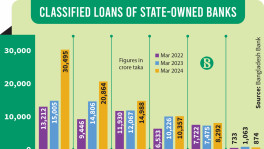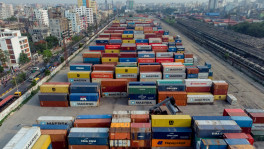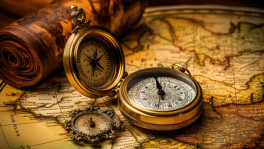Where is India
India is enclosed by the Great Himalayas in the north, it stretches southwards and at the Tropic of Cancer, tapers off into the Indian Ocean between the Bay of Bengal on the east and the Arabian Sea on the west

India liberated from Great Britain in 1947 is one of the oldest civilizations in the world with natural diversity and rich cultural heritage.
Population
As the seventh-largest country in the world, India covers an area of 32, 87,263 square kilometres with a population of 1,352,642,280. India is also the second-most populous country in the world with the largest populous democracy.
India has a written constitution documenting the framework that demarcates fundamental political code, structure, procedures, powers, and duties of government institutions and sets out fundamental rights, directive principles.
Location
India is enclosed by the Great Himalayas in the north, it stretches southwards and at the Tropic of Cancer, tapers off into the Indian Ocean between the Bay of Bengal on the east and the Arabian Sea on the west.
Its coastline is 7,517 kilometres (4,700 mi) in the length of which 5,423 kilometres (3,400 mi) belong to peninsular India and 2,094 kilometres (1,300 mi) to the Andaman, Nicobar, and Lakshadweep island chains.
The Ganges and the Brahmaputra, both of which fall into the Bay of Bengal, originated from the Himalayas.
Major peninsular rivers including the Godavari, the Mahanadi, the Kaveri, and the Krishna also fall into the Bay of Bengal. The Narmada and the Tapti falls into the Arabian Sea.
Currency
The Indian rupee INR is the official currency of India.
Language
Hindi, the most commonly spoken language in India today, serves as the lingua franca across much of North and Central India. Bengali is the second most spoken and understood language in the country.
Climate
The Himalayans have a great influence on the Indian climate. It protects India from the cold Central Asian katabatic winds and keeps most of the country warm. The Thar Desert plays a crucial role in attracting the south-west summer monsoon winds that provide the majority of India's rainfall. India has four major climatic groupings predominate in India: tropical wet, tropical dry, subtropical humid, and montane.
India has one of the largest and most highly diversified economies in the world. Since independence, India has promoted a mixed economic system in which the government, constitutionally defined as a "socialist economy".


 Keep updated, follow The Business Standard's Google news channel
Keep updated, follow The Business Standard's Google news channel
















